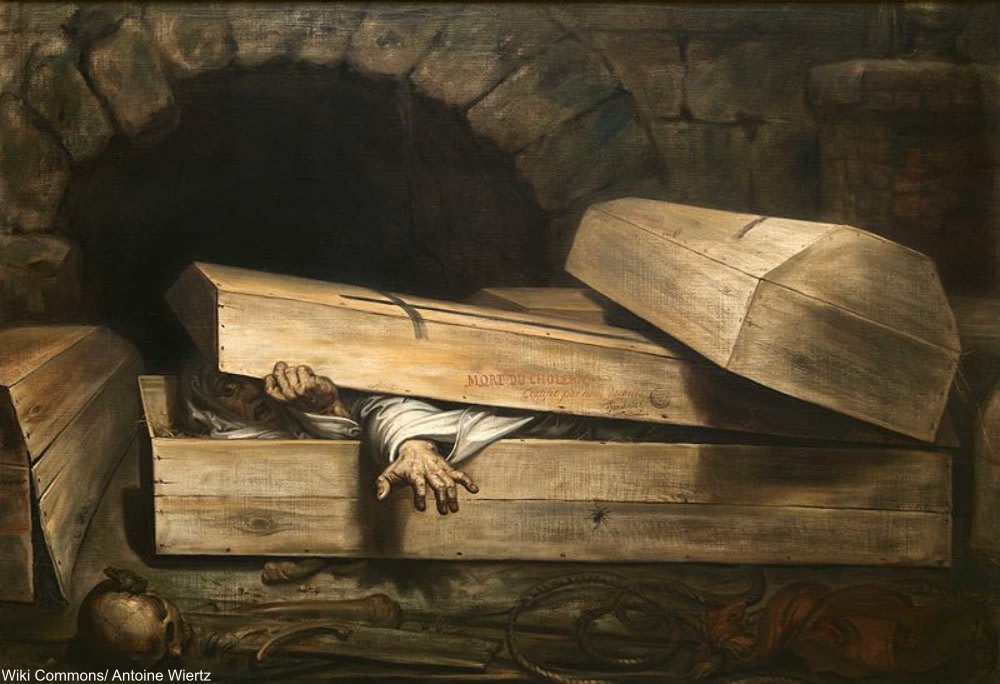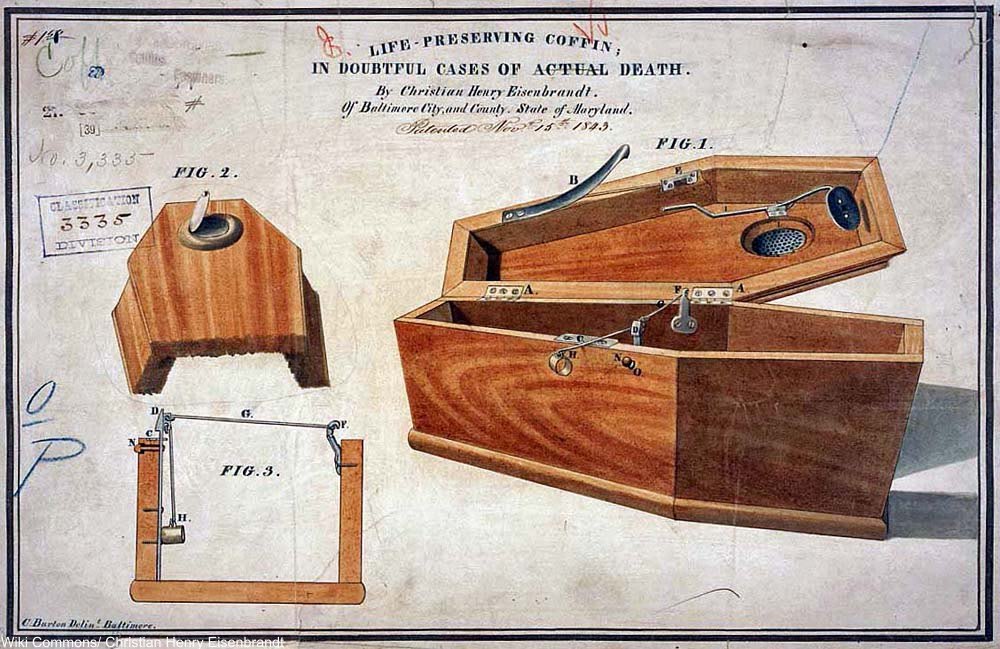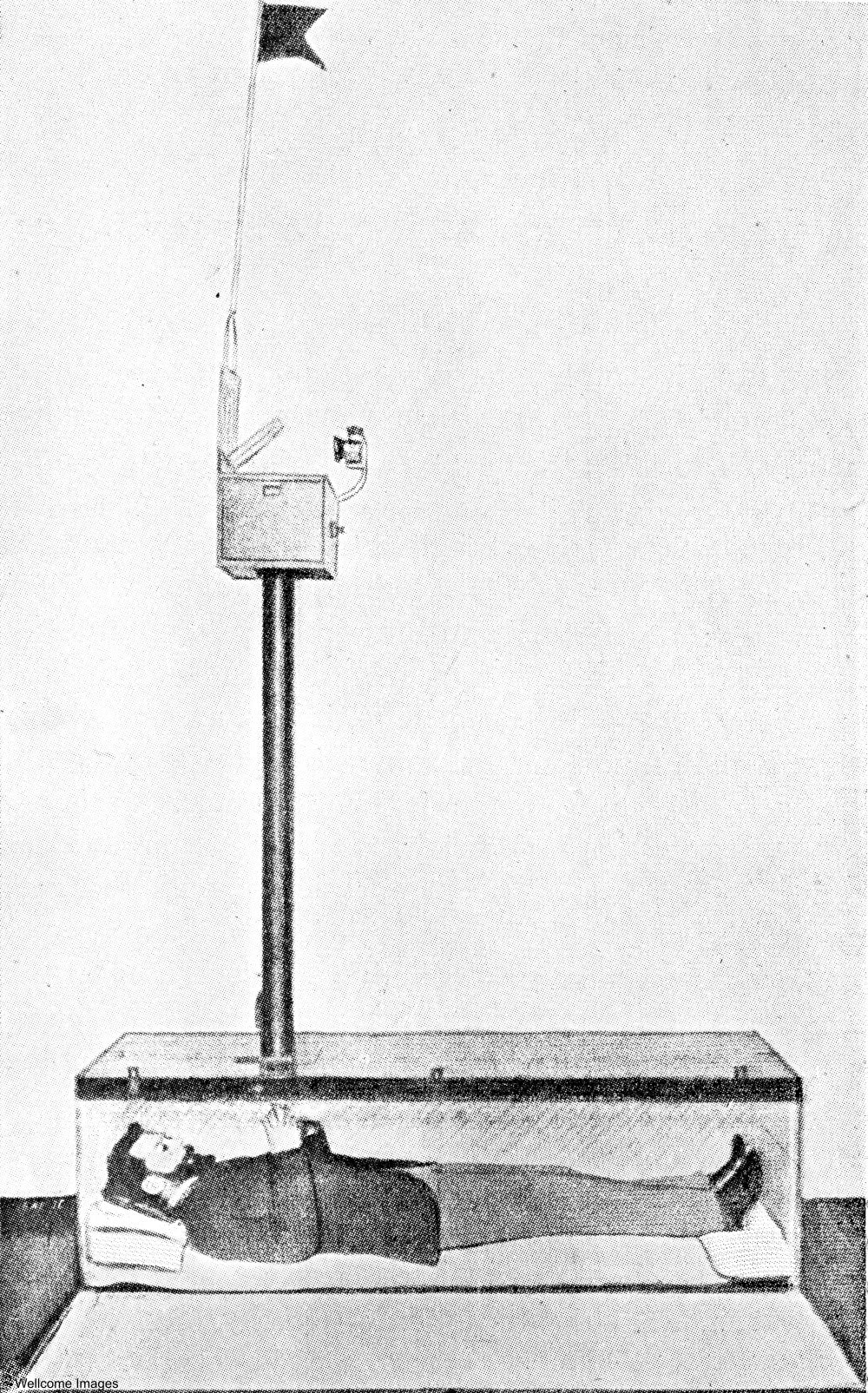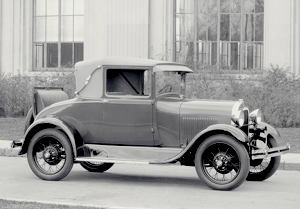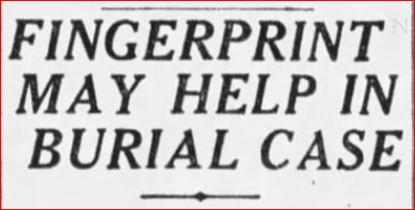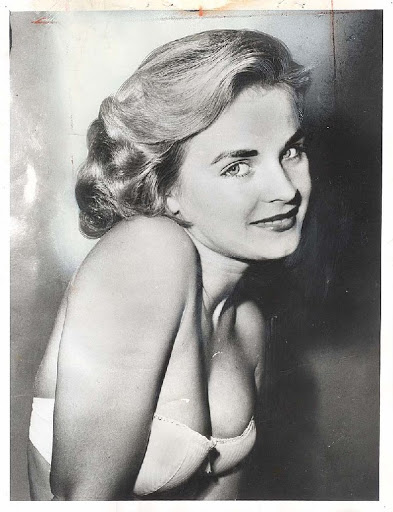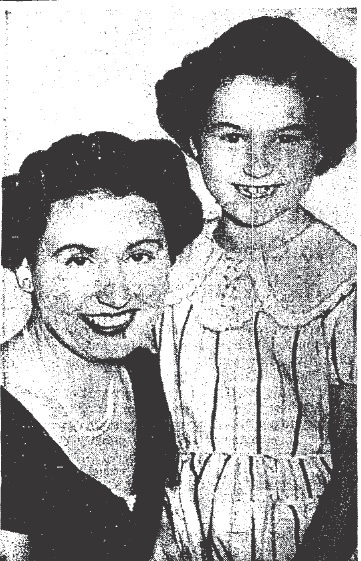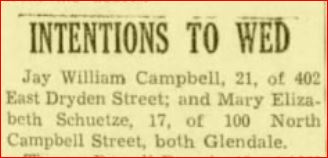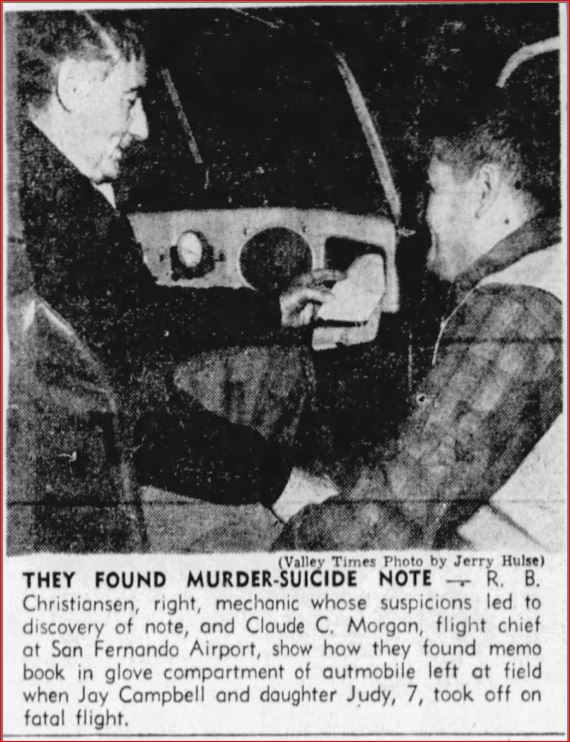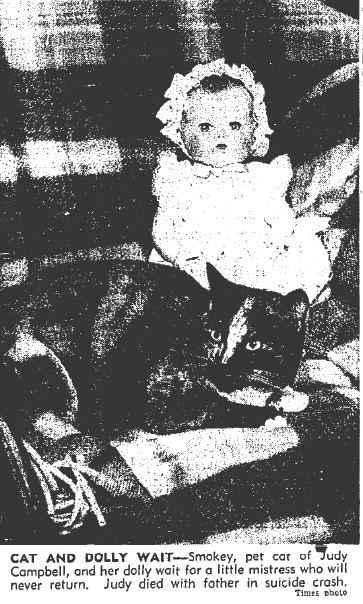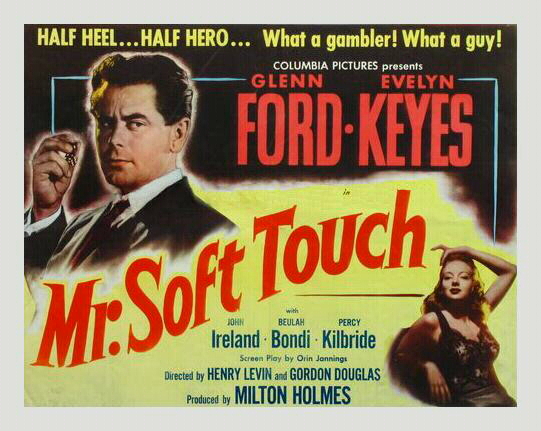March is nearly half gone and I’ve yet to commemorate Women’s History Month. Let me remedy that now with a post about Florence Coberly—a complicated and fascinating woman.
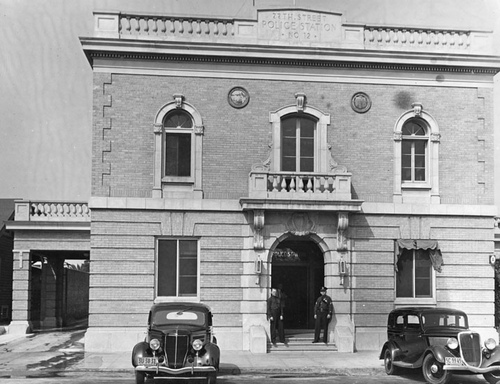
Officers at LAPD’s 77th Street station were fed up with the wave of assaults on women in their district—nearly 40 between April 2nd and late July 1952. The scumbag responsible for the attacks targeted lone women as they left street cars late at night.
To nab the guy, they set a trap with bait he could not resist, policewoman Florence Coberly.
Florence, in her mid-twenties and recently married, was new to the job. What she lacked in street experience, she made up for in her confident manner and academy training.
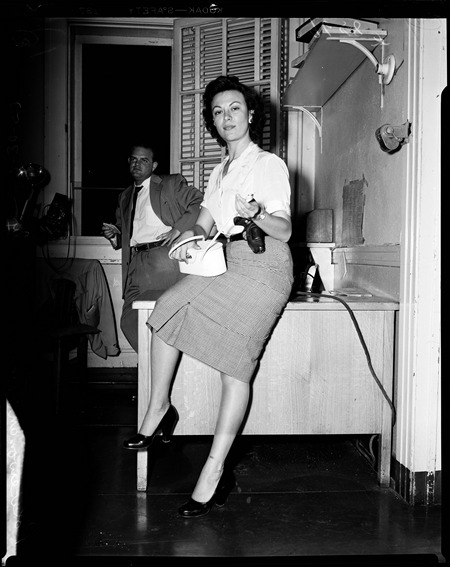
Florence and another policewoman, Marie Little, acted as decoys while patrol officers and detectives cast a net that extended from Broadway to San Pedro Street, and from Manchester Avenue to 67th Street. They deployed officers on foot and in squad cars while the two policewomen attempted to lure the reptile out from under his rock.
The massive stake-out began on the evening of July 31st. Florence, dressed in a pencil skirt with a kick-pleat in the front, a short-sleeved white blouse and a pair of sweet little pumps, was an undeniably appealing target. She walked along the dark street swinging her white handbag in time with her gait like she hadn’t a care in the world.
As she walked along the sidewalk, a man accosted her and asked her to have a drink with him. He kept following her saying, “Would you like to have a little fun?” Florence brushed him off, “No, not tonight, Junior.”
The man disappeared and Florence kept walking. As she passed the darkened doorway of 8209 South San Pedro, the same man emerged and grabbed her. Stunned, Florence took one step backward. He grabbed her again, pulled her into the doorway and shoved a gun into her chest. He held her close with one arm. He said, “Don’t make no noise—I want to kiss you.” She told him he could. She would do anything to keep him from finding the gun beneath her jacket in a holster at her waist.
Pretending to loosen her skirt, she reached for her police whistle. She put it to her lips and blew as hard as she could. The whistle blast signaled detectives concealed nearby that she was in trouble.
Her assailant demanded to know, “What the hell do you think you are doing?” Before she could answer, he slugged her on the jaw. Florence went down as the man continued to beat her.

Two detectives, Frank Marz and Walter Clago, heard the whistle and screeched up in a squad car. They arrived in time to see the suspect flee the scene. Meanwhile, Florence pulled out her revolver and fired. One of her rounds pierced the assailant’s left lung.
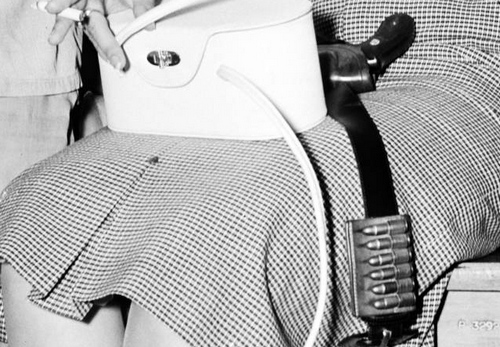
Detective Clago assisted Florence to her feet as Detective Marz set off in pursuit of the would-be molester yelling at him to “Stop in the name of the law!”. The admonition fell on deaf ears. Marz fired his service revolver five times at the suspect and missed each time.
Detective Marz saw the suspect head toward a car parked on 82nd Street. It was dark, yet Marz could make out the shadow of a man in the driver’s seat behind the wheel. The man didn’t wait for his passenger. With the crack of gunfire, the car sped off into the night.
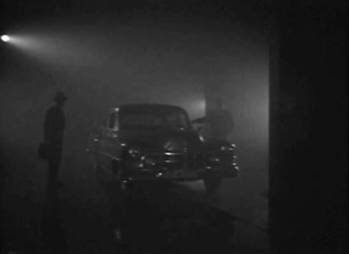
Detective Marz watched as the suspect lurched behind a house at 253 East 82nd Street. With a single round left in his revolver, Marz fired and the suspect collapsed.
Identified as Joe L. Parra, of 8465 South San Pedro Street, the dead man, recently paroled from San Quentin, did time for multiple counts of robbery, burglary and sex crimes. His arrest record was extensive. His most recent arrest was on a robbery charge the month before his death, but they had to kick him loose for insufficient evidence.
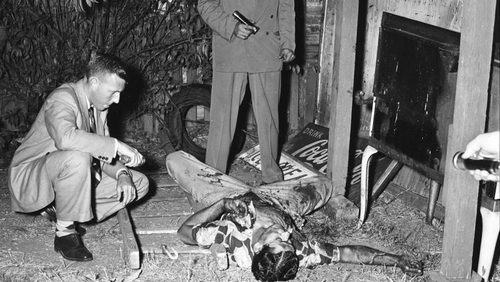
About an hour after Joe died in the debris-filled dirt near a couple of discarded metal signs, police located the wheelman, the person who abandoned Parra on 82nd Street. The getaway driver was seventeen-year-old Henry P. Parra, the dead man’s nephew.

Henry ‘fessed up pretty quickly and admitted that he went with his uncle several times on late night purse snatching raids. I doubt that the kid knew what else uncle Joe was up to on their midnight forays.
Florence received accolades for her role in ending Parra’s reign of terror. The newspapers credited Marz with firing the fatal round; but I have it on good authority that Florence delivered the kill shot.
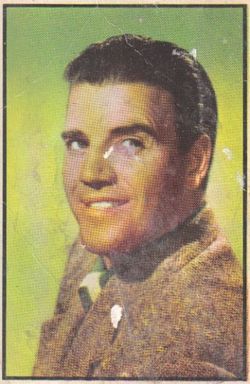
The camera loved Florence and she appeared in newspapers all over the county. A local TV show host, Johnny Dugan, had her as a guest on his show.
In February 1953, the Exchange Club named Florence “Policewoman of the Year”. She basked in the limelight.
In June 1954, the Los Angeles Policewoman’s Association honored her at a dinner-dance. The guest list included Sergeants Joe Friday and Frank Smith (Jack Webb and Ben Alexander) of the Dragnet series. The two fictional policemen shared the spotlight with LAPD’s Chief of Police William H. Parker and his wife.
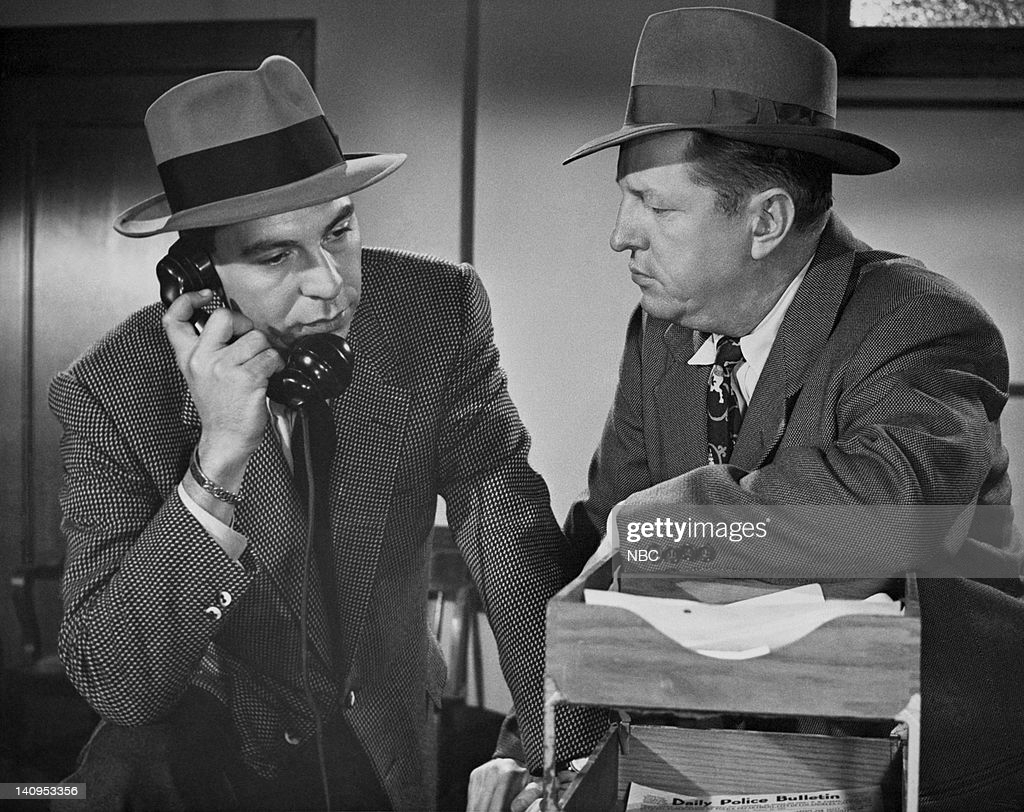
Florence had every reason to expect more star-studded evenings in her future. Who knows, with such an auspicious beginning she could end up with an enviable spot in the LAPD hierarchy. With just over 100 women on the force, there wasn’t much female competition in the ranks in those days.
But wait a minute; you know this is Deranged L.A. Crimes and nobody’s good luck lasts forever. Right?
NEXT TIME: Policewoman of the Year stumbles.
NOTE: This post is a revised version of a 2014 post.

